 |
|||||||||||
| |
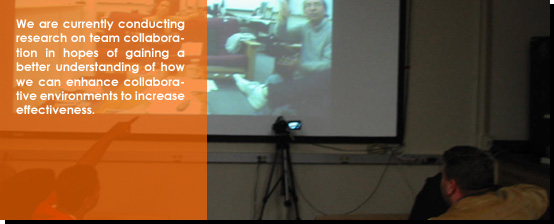 |
|||||
|
|||||
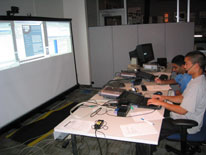 |
|
||||
|
|||||
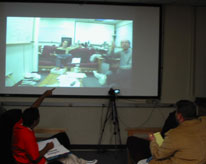 |
The success in creating an effective wall projected venue depends on combining appropriate digital tools and supports with the physical layout of tables, chairs, wall screens and laptops to maximize the (1) Effective collaborative work area of the participants, (2) Minimize clutter and temporary loss of key items, (3) The usable persistent state created by individuals and sub groups, and (4) Enhance coordination between participants. More |
||||
|
|||||
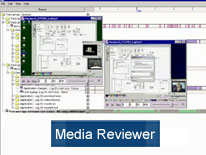
|
The Media Reviewer helps researchers review, annotate, and analyze data collected during a user study. The tool arranges data events along a horizontal timeline. An event may note when a subject spoke, gestured, used a program or took action. The Media Reviewer is a powerful tool for annotating and analyzing data to reveal patterns in the way we act and interact. More |
||||
|
|||||
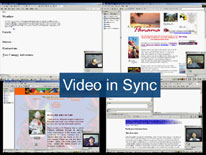
|
Video in Sync is an in-house tool that was created to aid ethnographic analysis. Using Microsoft Media Player controls under the .NET framework, it approximately synchronizes the playback of up to four streams at the same time. Each stream can be shifted on a master time access. This offset changing is necessary, as we did not have any means to start each of the four recordings at the exact same time. More |
||||
|
|||||
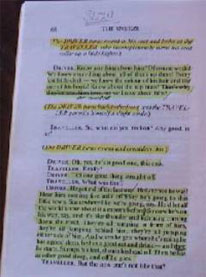 |
Our interest in annotations stems from the communicative and cognitive importance of these tools – as aids in information movement, memory, attention, and organization, to name a few. Consensus-making Annotation Project |
||||





